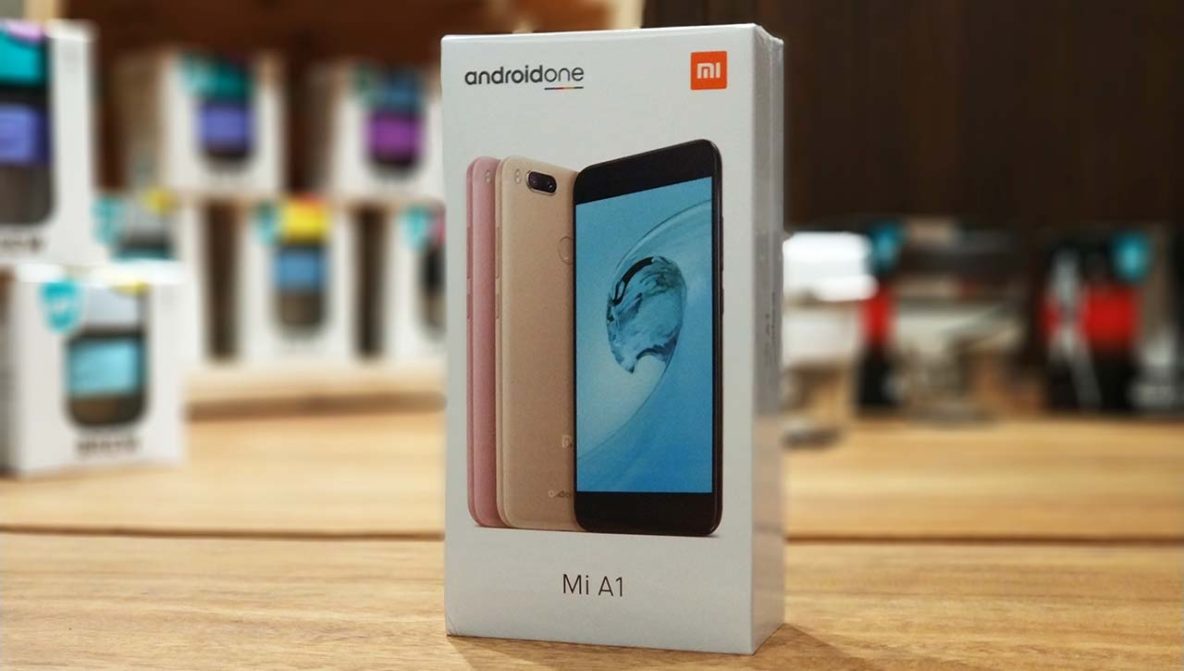(The author, a super moderator in the MIUI Official Forum, contributes reviews of Xiaomi products to Revü Philippines.)
SEE ALSO: Complete specs of the Xiaomi Mi A1
What’s in the box
You can find the following in the box: Mi A1 unit, Quick Charge 2.0 charger, USB Type-C cable, manual, and SIM ejector pin. There is no headset or protective case inside this unit since this is not a flagship phone.
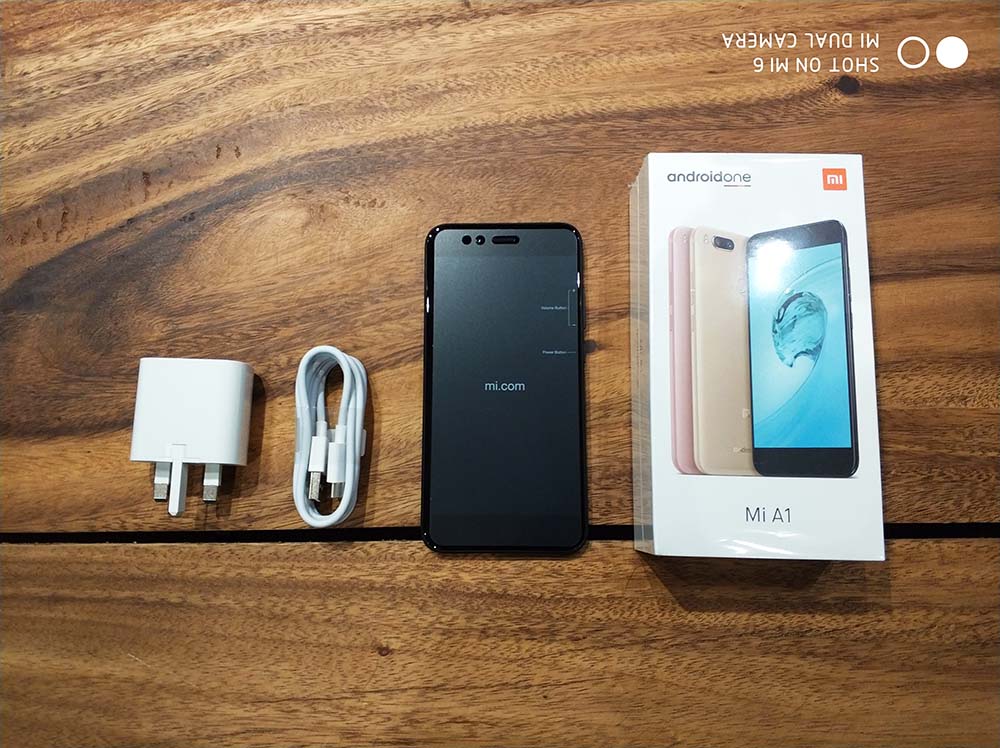
Some of the stuff you’ll see inside the box
Unboxing
My unboxing video of the Xiaomi Mi A1
Design
Okay, let me be as frank as possible. My first impression? It looks just like Apple iPhone 7 Plus, from the color and the camera to the finish of the phone. Now, with all the units Xiaomi is working on, sometimes it’s pretty hard to think of any new design. It’s either “you copy me” or “I copy you” in the smartphone industry. Let me exempt Mi MIX and Mi MIX 2 from this discussion, as it was designed to be unique on its own.
The bottom of the Xiaomi Mi A1 sports a USB-C charging port, a 3.5mm audio jack, a mic (which is the single hole on the left side), and a loudspeaker (the four holes on the right). There are also two screws for you to be able to take off the back case, should you need to in the future.
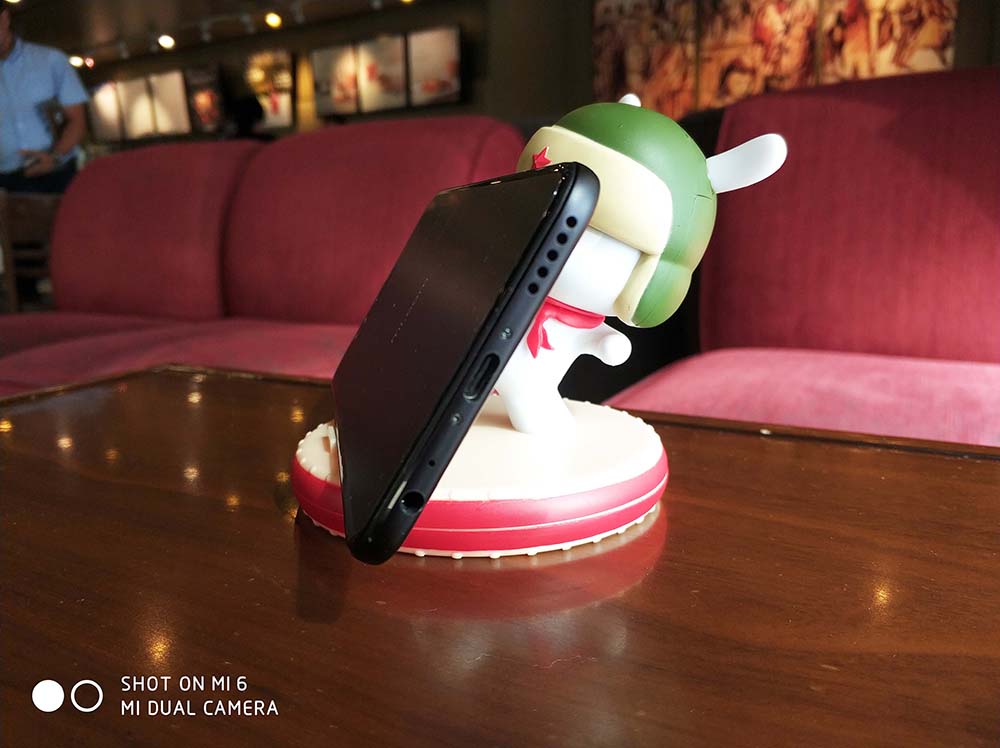
View from the bottom
Why does the sound only comes from the right holes and not from the left? Simple — it’s because the left is dedicated to be used as mic in. This design will avoid those confusion or expectation from customers who are not technically inclined.
On the left of the Mi A1 is a SIM tray, which can accommodate two nano-SIM cards, or one nano-SIM and one microSD (up to 128GB) cards for additional storage. But there is always a way to use them both together. You just need to buy a SIM + microSD adaptor. Do it at your own risk, though.
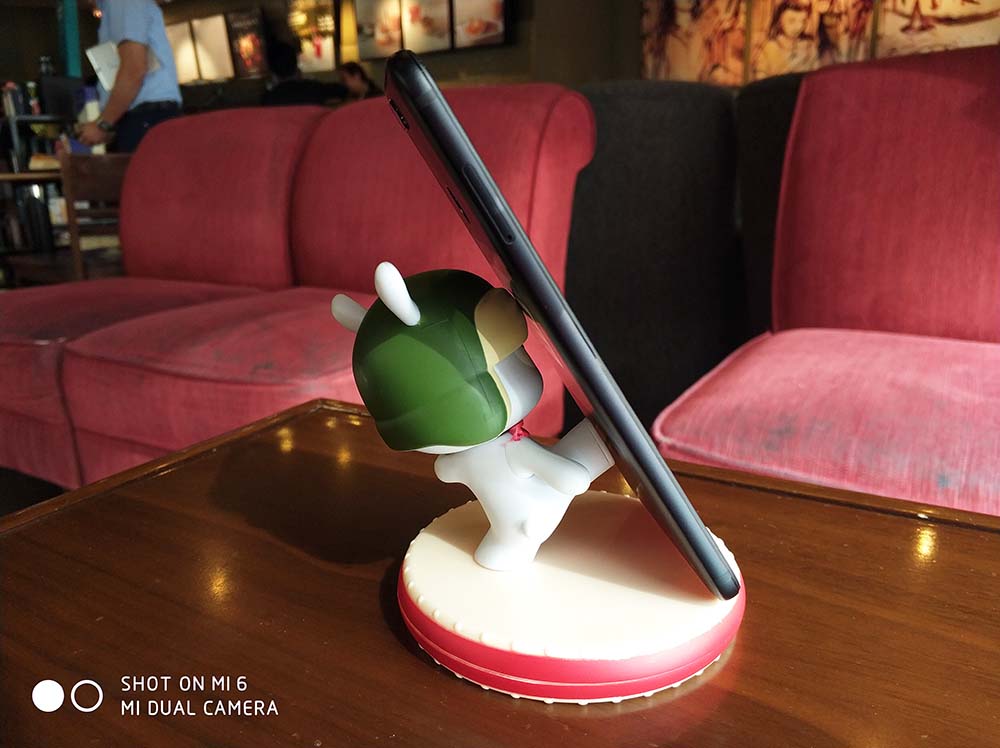
The left side of the Xiaomi Mi A1
On the right is a power button and a volume rocker. Pretty much the same for all Xiaomi units.
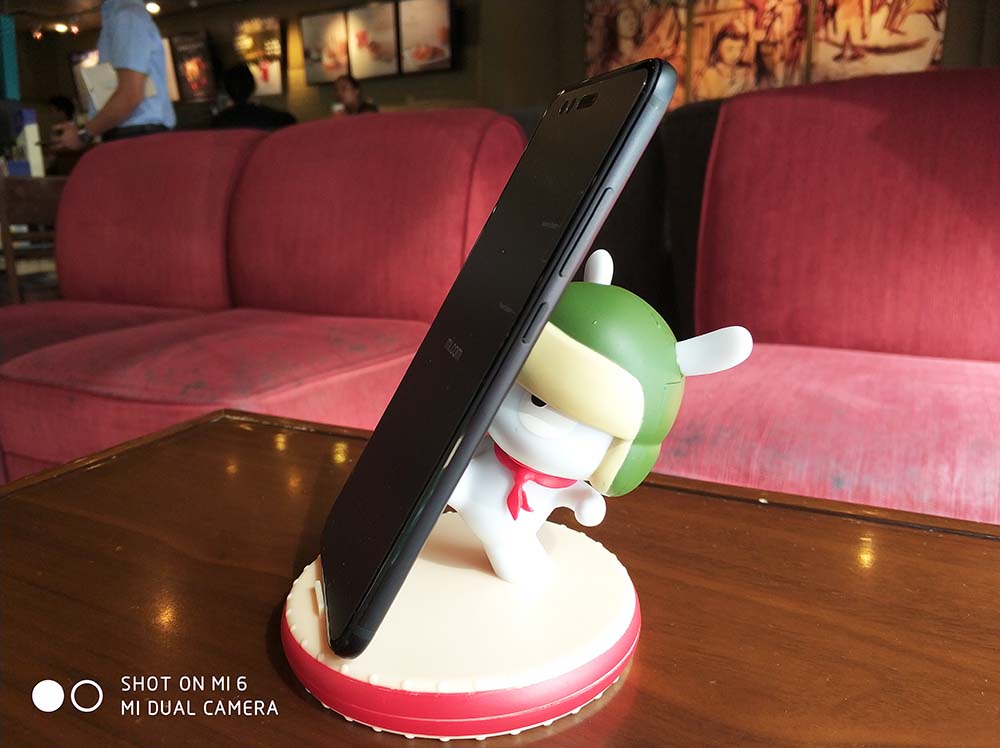
The right side of the Android One phone
On the top of the phone lie an infrared blaster and a noise-cancellation mic.
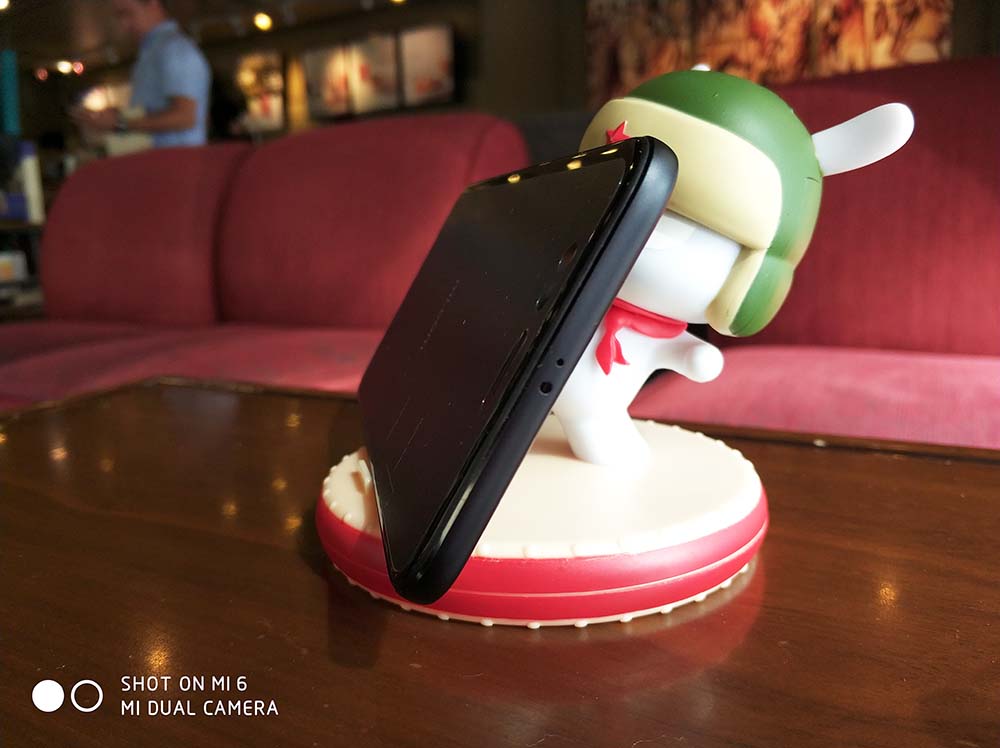
View from the top
The back sports an embossed dual camera with dual LED flash as well as a fingerprint scanner. Up front is a selfie cam, three capacitive buttons, and a single LED notification light. Yes, I know that last bit is quite disappointing for many of us, but it seems this trend will continue; we have seen this on the Xiaomi Mi 6 and Mi Max 2.
The Android One logo is printed below the Mi logo on the back of every Xiaomi phone.
Chip
Xiaomi has chosen to use the older Qualcomm Snapdragon 625 as opposed to the newer 660 and 630 chips. This is probably due to its proven performance when multitasking as well as how it handles battery. Xiaomi has probably overstocked with this processor, too.
Now on the gaming side, when I play my favorite game NBA 2K17, graphics is always pretty ample and there are no obvious lags during gameplay. I am able to enjoy one full game with the Adreno 506 GPU inside the Mi A1, therefore the device can handle simple games with ease. I can likewise play Asphalt 8 on this unit without a problem.
Connectivity
Wi-Fi connectivity is simply excellent. When connecting to both 2.4Ghz and 5Ghz on my Mi Router HD, it is seamless. I can get 4G+ signal on my Xiaomi Mi A1, and speed is okay (this is network-based, not phone-based, though). VoLTE is still not available in the Philippines, so I cannot test it. Bluetooth connectivity is not a problem on this unit, as it can be paired well with my Mi Bluetooth sports headset.
Network support:
- 2G: GSM
B2, B3, B5, B8 - 3G:WCDMA
B1, B2, B5, B8 - 4G:TD-LTE
B38, B40 - 4G:FDD-LTE
- B1,B3, B4, B5, B7, B8, B20
Audio and video
Audio is pretty good. I’m glad Xiaomi has retained the 3.5mm audio jack here, as many of us have our respective favorite headsets. The loudspeaker seems clearer than the one on the Redmi Note 4X — and it’s louder in terms of decibels.
READ ALSO: Is this Makati shop really an official Xiaomi Mi Home store?
The display is good; I can even see what’s on it under the sun. But of course, don’t expect it to be as nice as the screen of the Xiaomi Mi 6 because the latter belongs to a different price point.
Android One
This is pretty much the talk of the town for this unit. Android One has raised many expectations for Xiaomi users. Let us take a tour, and see if it meets my expectations.
In boot-up, first you’ll see a rainbow bar and the Mi Logo on the bottom.
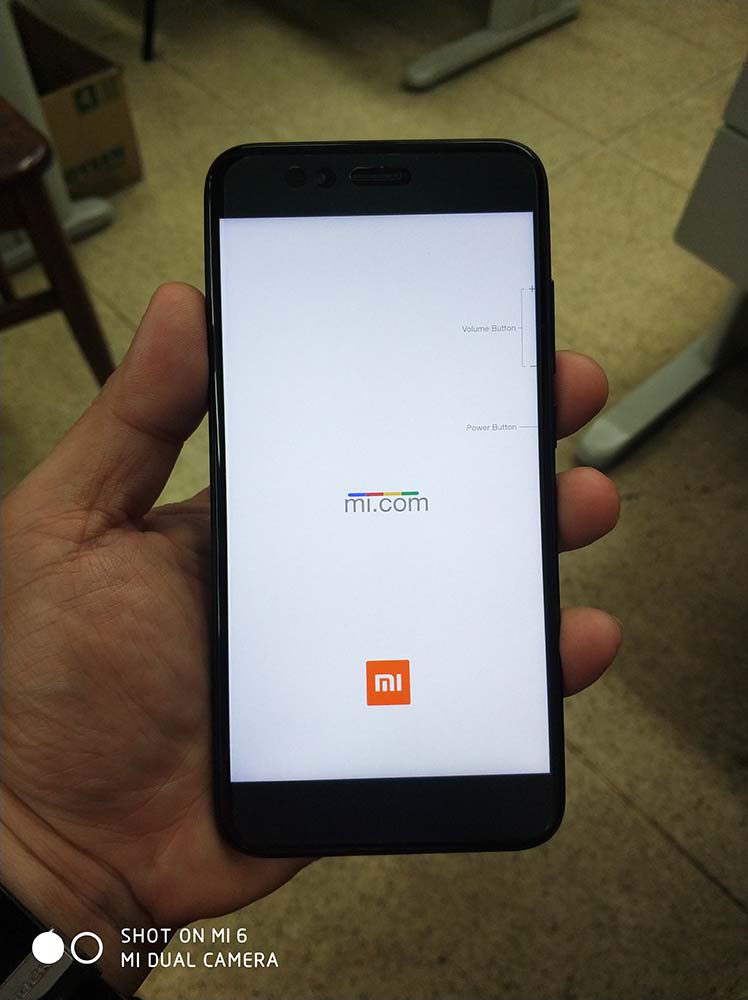
Booting…
Then it will kick into the Android One logo before you go to the setup screen.
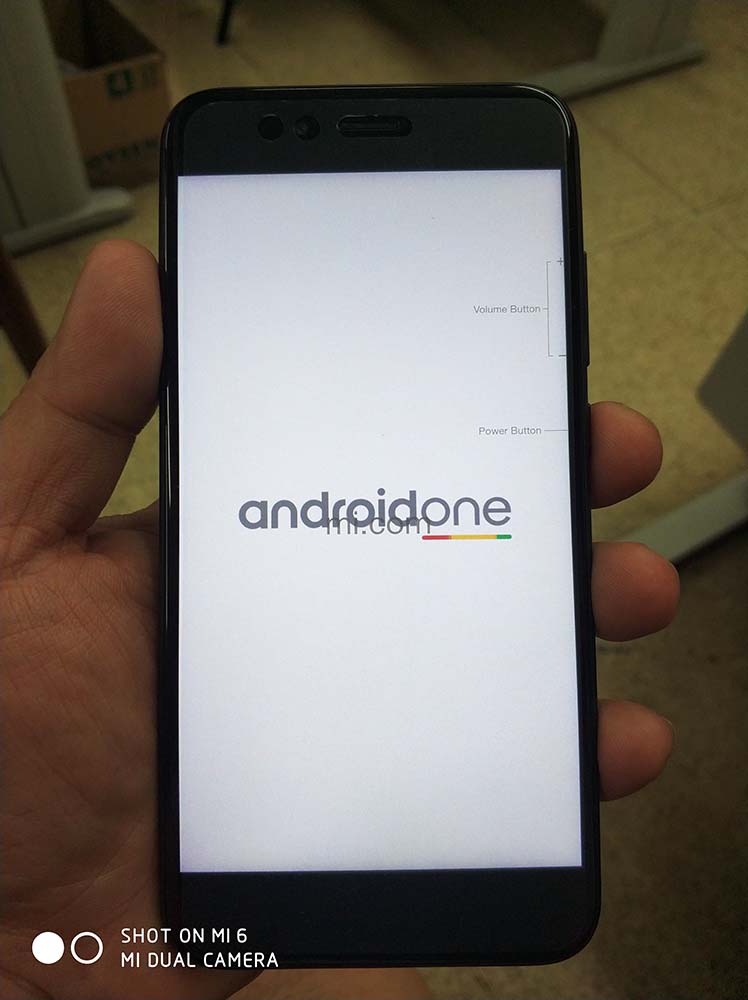
You’ll see the Android One logo before you get to the setup screen.
Setup was pretty easy. Everything went smoothly, and we were able to enter the home screen for the first time. It looked simple; all I could see up front was Google Chrome, Gmail, and Google Play.
After we connected to the internet, the Xiaomi Mi A1 updated itself on its own. Some apps like Mi Remote, YouTube, Google Drive, and Google Maps suddenly appeared. It was probably because of the update package.
As for the drop-down notification, I tried to see how to change the toggle and add some (like hotspot and screenshot), but I couldn’t seem to find them. Oh, by the way, did you know that taking a screenshot on this unit is quite a pain? At least for me who is accustomed to the three-fingerprint screenshot on MIUI. Here, I always have to go back to the old Android method of pressing the Vol Down + Power for a second.
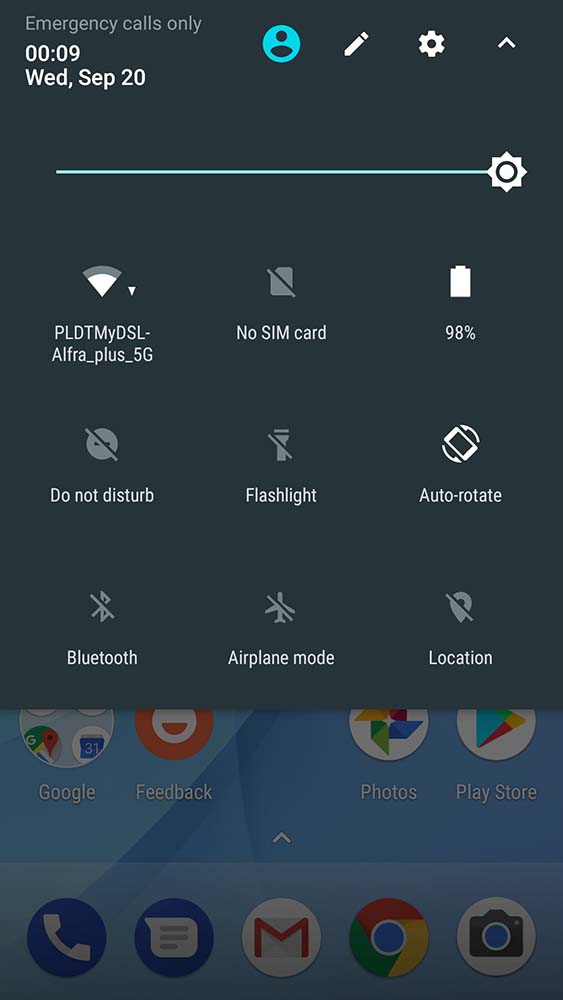
The drop-down notification
The dial pad looks pretty naked to me.
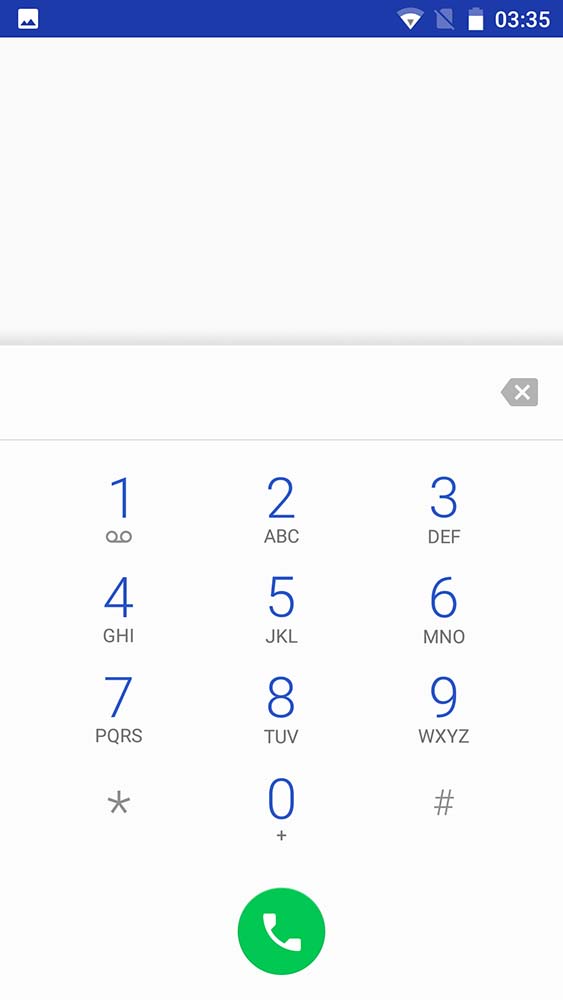
The dial pad
Some security features of the Xiaomi Mi A1.
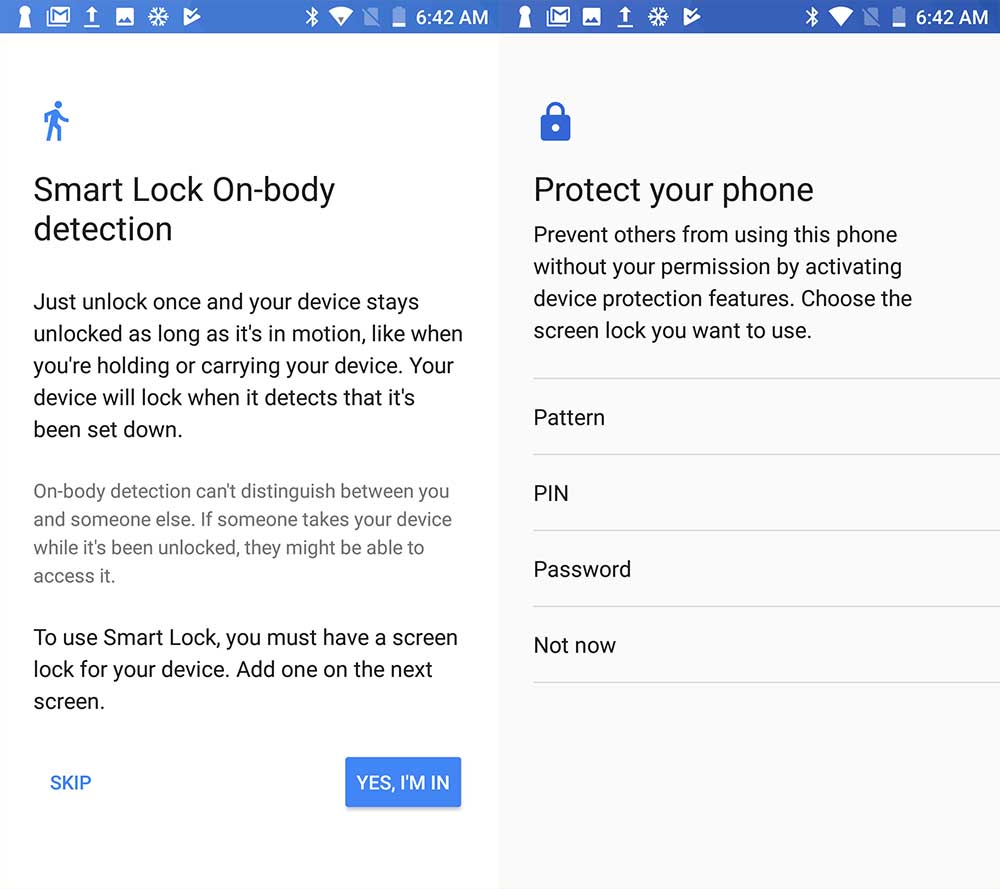
Security features
Camera
Now for my favorite part of the review: the camera. Photos, photos, and more sample photos. That’s how I determine if the camera is good or not. Now based on specs sheet, the camera is pretty decent — 12-megapixel wide-angle lens and 12-megapixel telephoto lens combined to give you that extra-clear shot. It is designed to take bokeh shots.
SEE ALSO: Moto Android One phone could be Xiaomi Mi A1 for the West
I am so accustomed to my Xiaomi Mi 6 camera, and I have been taking good shots here and there. Let’s see how the Xiaomi Mi A1’s dual camera fares against the Mi 6’s.
But before I proceed and show you my sample shots, take note first that the phone sports Chinese-branded OV lens on the back and Samsung lens up front. You can use manual mode to take your photos with the A1 with exposure time setting of 1/15s and ISO of 3200. You can switch between wide-angle lens and telephoto lens inside manual mode.
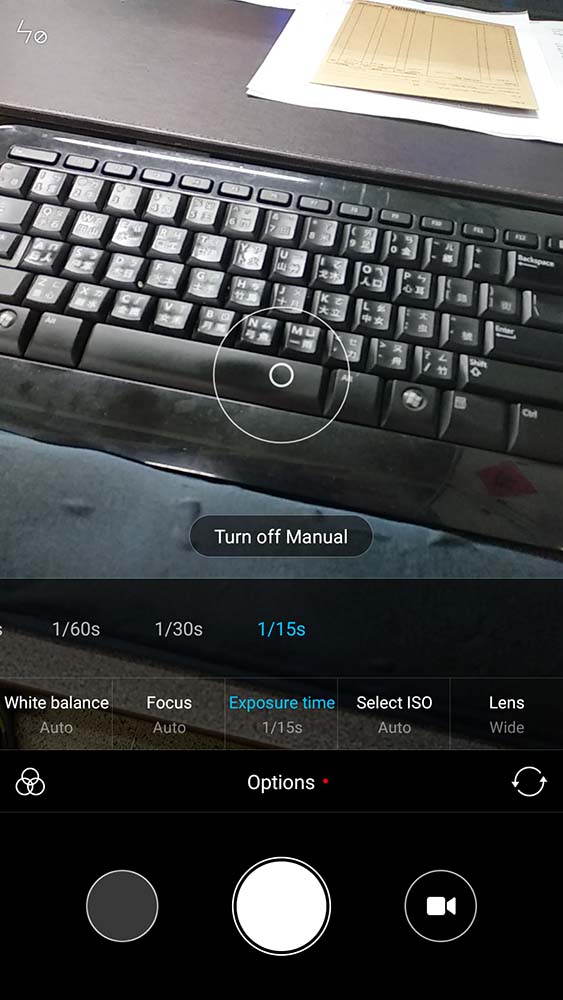
Setting the exposure time to 1/15s
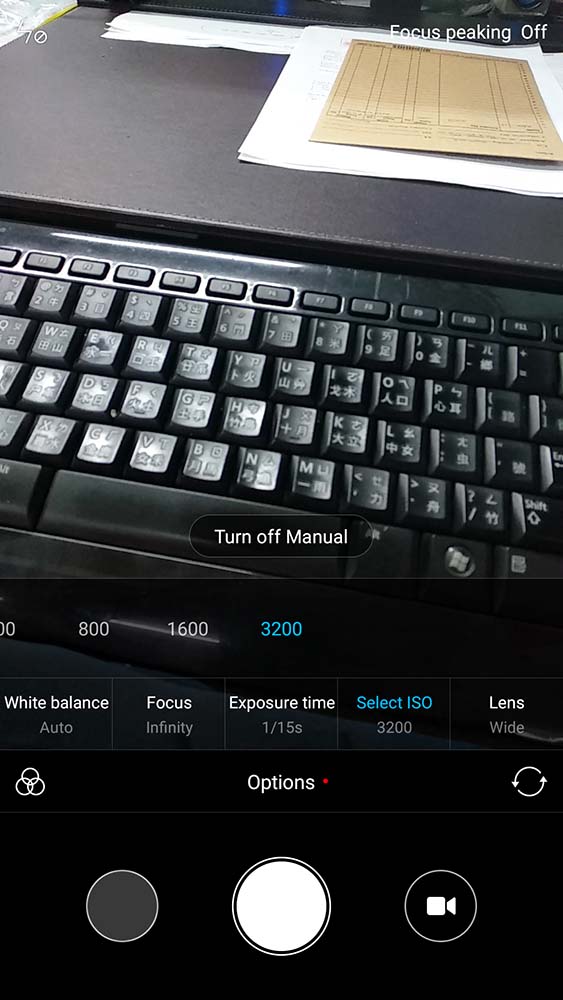
Setting the ISO to 3200
Camera manual modes:
- White balance
- Focus
- Exposure time: Max 1/15s (pretty disappointed with this one; the Xiaomi Mi 5s has exposure time of up to 32s)
- ISO up to 3200
- Lens: Wide or Tele
Actual photos:
Resized photos taken with the Xiaomi Mi A1 in low light
With good lighting
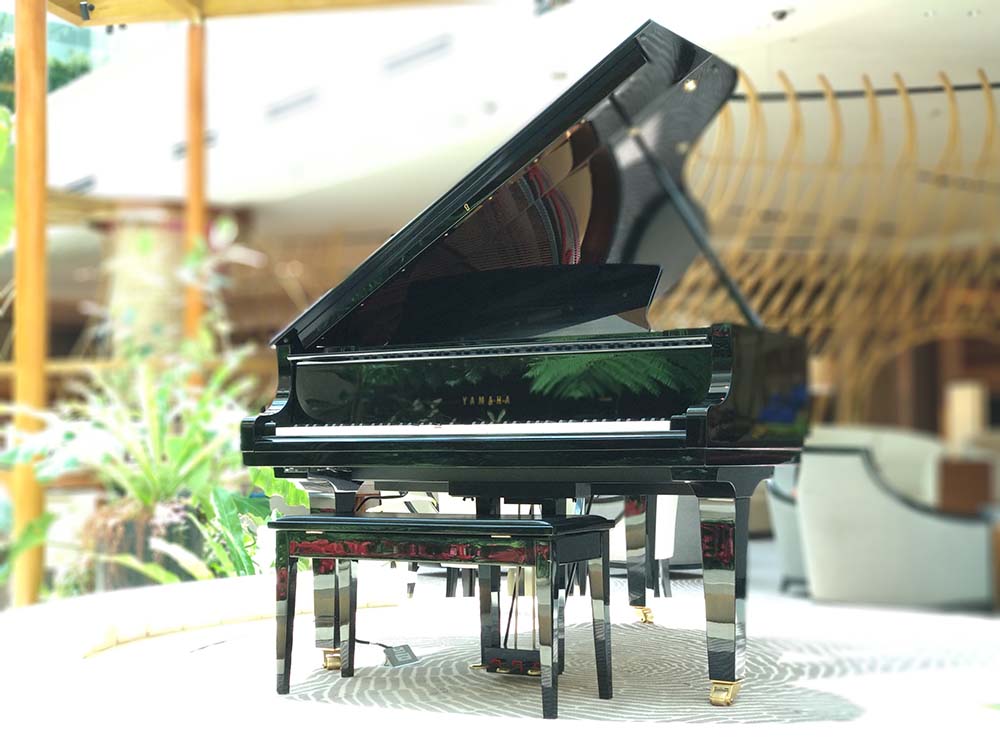
Bokeh shot

Selfie
The Mi A1 takes good pictures of bright and well-lit objects, but under dim light, it’s a little behind as opposed to the Xiaomi Mi 6 and Mi Max 2. The front camera, I have no problem with. The results are quite on a par with the Xiaomi Mi 5X because they have the same camera sensors and specs. However, when it comes to bokeh shots, the results have not reached my expectations. They are not like those advertised pretty portrait shots, which have probably been enhanced.
Battery
This topic is one of the most sensitive and most talked-about topics for a phone.
The 3,080 mAh battery can last up to 8 hours and 29 minutes of screen-on time. For it display size, the time is not what everyone is expecting from this unit. The Mi 5X, which is a Mi A1 without the MIU, can last nine hours. This is just based on normal usage. Once you go heavy with the tasks, the device may last you five hours, and you will probably be looking for your power bank halfway through the day.
READ ALSO: HTC working on an Android One phone that looks like the U11?
As for its charging capability, this unit does not support Qualcomm Quick Charge 3.0. The highest ampere it has notched thus far is 1.8A, both in the Ampere app and the ampere meter that I use. That’s the reason why the supplied charger is only QC 2.0. I tried the QC 3.0 charger used by the Xiaomi Mi Notebook Air and Mi 6, but it still only notched 1.8A.
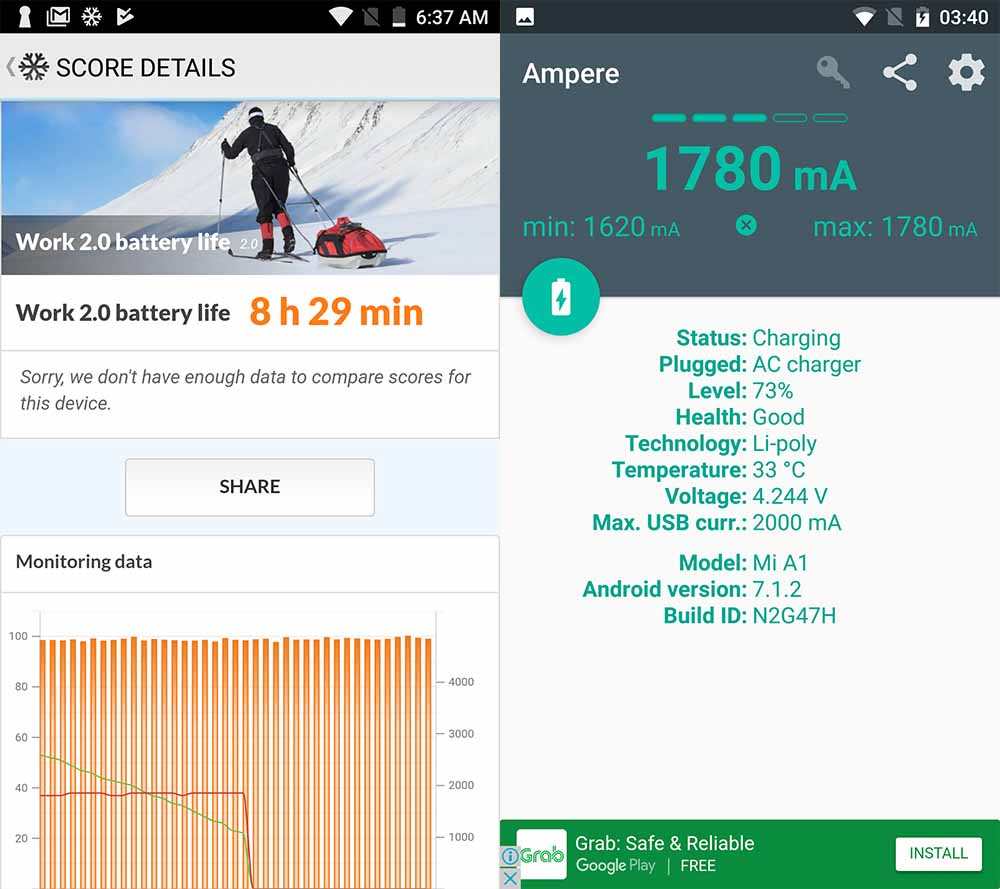
Battery performance
Benchmark
The Mi 5x was able to achieve a score of 62,948 points in AnTuTu, while the Xiaomi Mi A1 got 63,186 points — certainly not what I expected. I could have scored better because there is no bloatware in this unit. Then again, what’s important is that the smartphone gets the job done.
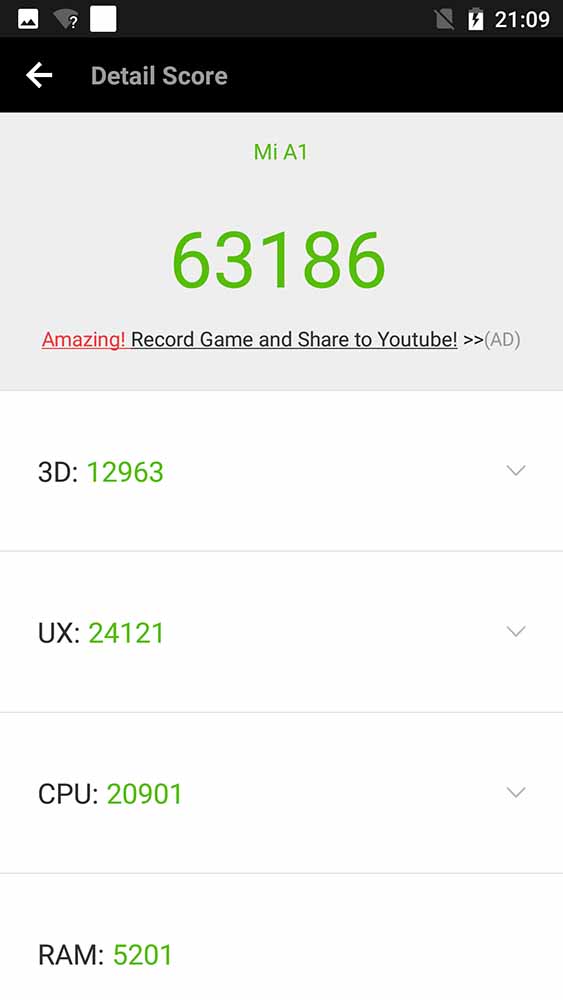
Xiaomi Mi A1 AnTuTu score
Final thoughts: Premium made affordable
After using the Xiaomi Mi A1 as my daily driver, I can say that I’ve ended up pretty impressed with the capability this phone has to offer. The 14,999 rupees (around P11,962 or $234) price tag is something that will be too hard to pass up for a spinoff of the Mi 5 series. Know that I was and still am a big fan of the Xiaomi Mi 5.

Pretty impressed with the Xiaomi Mi A1
The Mi A1 is pretty distinct on its own, especially its design, even though it’s almost a copy of the iPhone 7 Plus. Bottom line is, it looks and feels premium at that price. If you are a person who loves simplicity for your UI, then this is the perfect phone for you. But if you need more functions out of the interface, then Mi 5X is the right unit for you.
I do recommend this unit over the Xiaomi Mi 5s Plus, whose dual camera I didn’t find good. If you are still looking for a better camera sensor, I would suggest that you upgrade to the Xiaomi Mi Max 2 or Mi 6.
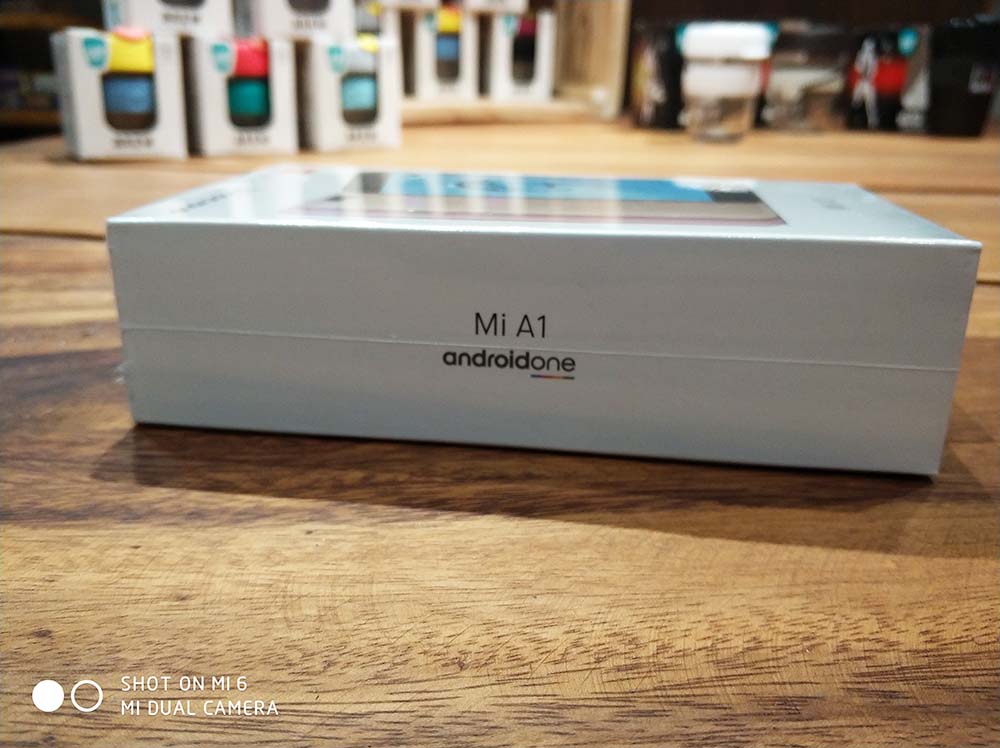
My overall Android One experience: 7/10
My overall Android One experience is 7/10. I’m going back to MIUI, as it is still the better option for me; I need more functions out of my phone.
Share this Post


